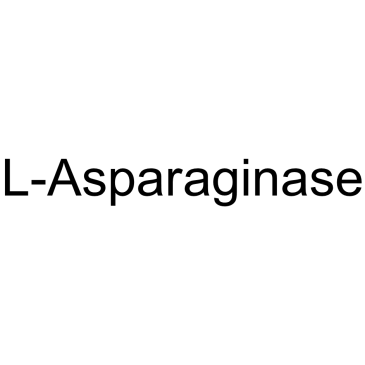| 结构式 | 名称/CAS号 | 全部文献 |
|---|---|---|
 |
L-天门冬酰胺酶
CAS:9015-68-3 |
|
 |
谷氨酰胺酶 来源于大肠杆菌
CAS:9001-47-2 |